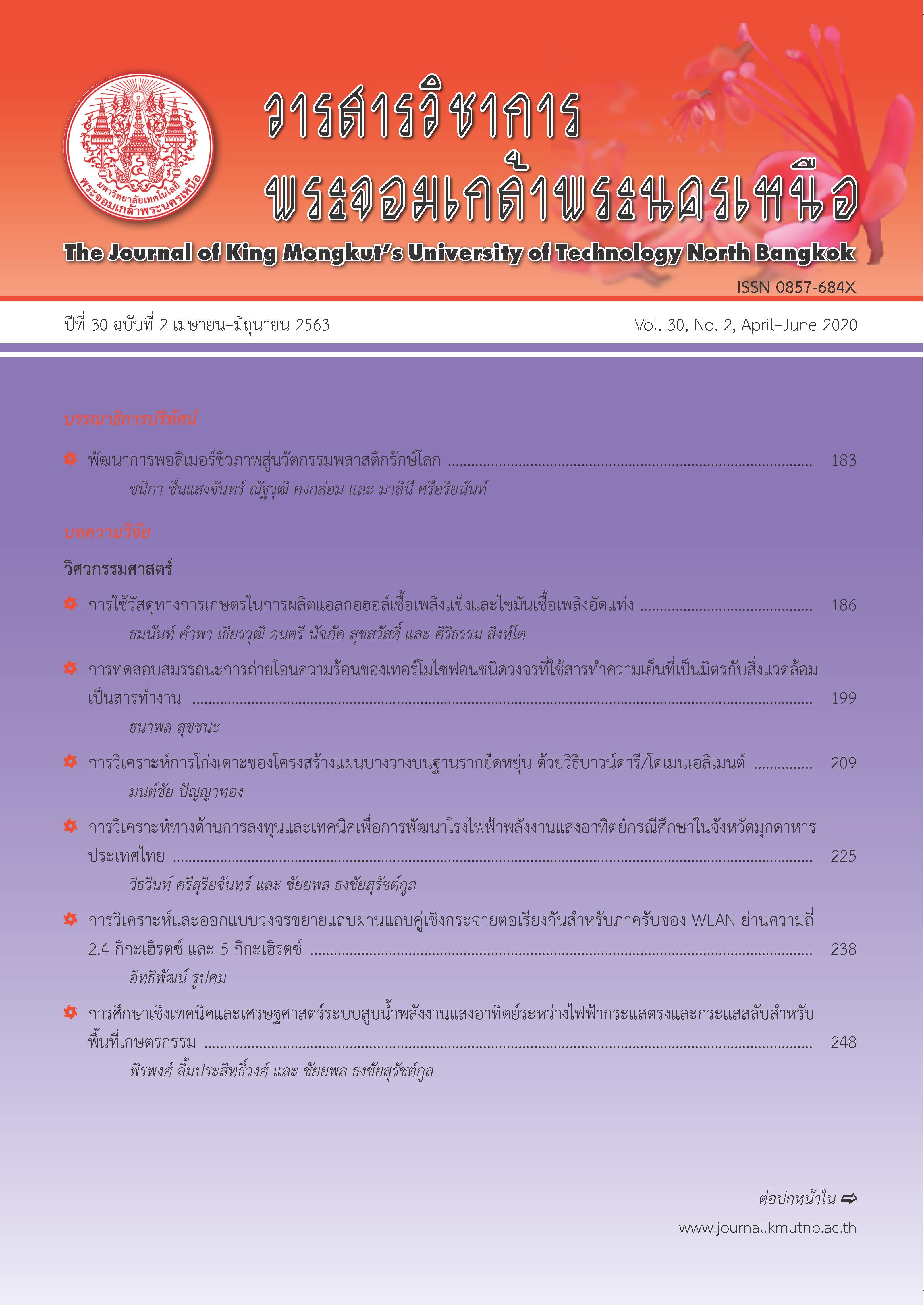The Factors Affecting Innovation Management in Food Industrial Case Study: Cpram Company Limited
Main Article Content
Abstract
The objective of this research is to analyze the factors that affect the innovation management of employees in business organizations, ready-to-eat food industry, conducting research using quantitative research, field survey to analyze the relationship of variables. The tools in research are Closed-end Questionnaire Which has passed the content validity test (IOC) and reliability test by finding the coefficient alpha of Cronbach. By collecting data from a sample of 400 people. Statistics used include Descriptive statistics by finding the frequency, percentage, mean and standard deviation and inferential statistics include internal variance test: T-test, F-test (One-Way ANOVA) and comparison method for Schaffer’s method multiple regression. The results of the research showed that Employees have the highest level of opinion with the company policy, followed by Job Description. And the working environment, respectively. The characteristics of the population groups that result in successful results from innovation in the organization are significantly different 1) Age 2) Affiliated Department. For relationship variables, there was no statistically significant difference 1) Gender 2) Education 3) Duration of work. The results of the analysis of factors affecting the organization's innovation management revealed that the predictive equation is as follows: Y (Innovation Management) = 10.218 + 0.440 Xcompany policy + 0.382 XJob Description + 0.803 XWorking Environment.
Article Details
The articles published are the opinion of the author only. The author is responsible for any legal consequences. That may arise from that article.
References
[2] S. Proyanont, “Leader behaviors and work environments that affect creativity at work: A case study of Thailand’s most innovative companies in 2009,” NIDA Development Journal, vol. 52, no. 3, pp. 193–214, 2009 (in Thai).
[3] P. Wutthirong, “Organizational innovativeness conceptual framework : Integration of resource based view and learning organization concept,” NIDA Development Journal, vol. 54, no. 1, pp. 21–48, 2014 (in Thai).
[4] S. Hongprapat, “Development of ready-to-eat food innovation of health,” presented at the 13 th NSTDA Annual Conference, Pathum Thani, Thailand, 2017.
[5] E. M. Rogers, Diffusion of Innovations, 3th ed. New York : Free Press of Glencoe, 1983.
[6] K. Vanichbuncha, How to Use SPSS for Windows to Analyze Data, 6th ed. Bangkok: Chulalongkorn University Book center, 2003 (in Thai).
[7] W. Phongsichomphu, O. Natakuatoong, and W. Kaemkate, “Effects of state enterprises information technology utilization on being a learning organization and an innovative organization,” Journal of Interdisciplinary Research: Graduate Studies, vol. 4, no. 3, pp. 57–59, 2015 (in Thai).
[8] S. Sivapitak, N. Srlvoravilal, and A. Na Ubon, “Innovation management of business organization affecting employees’ innovative work behavior,” BU Academic Review, vol. 11, no. 1, pp.190–204, 2012 (in Thai).
[9] K. Poomai, “A study of supporting factors for creating organizational innovation in the context of commercial banks,” M.S. thesis, Department of Technical Technology, College of Innovation, Thammasat University, 2016 (in Thai).
[10] W. Pakdeelao, “The study of characteristics of innovative organization: Case studies from awarded organizations,” M.S. thesis, Faculty of Human Resources Development, National Institute of Development Administration, 2011 (in Thai).

